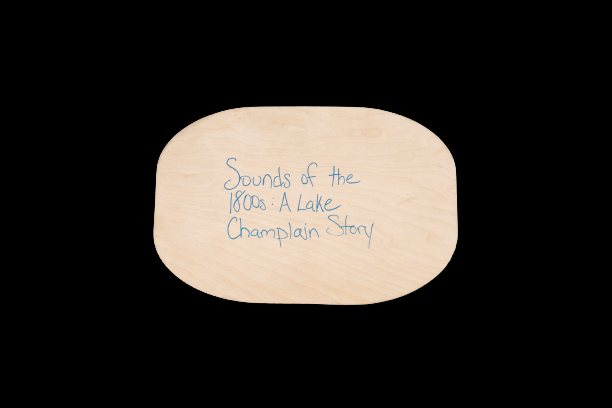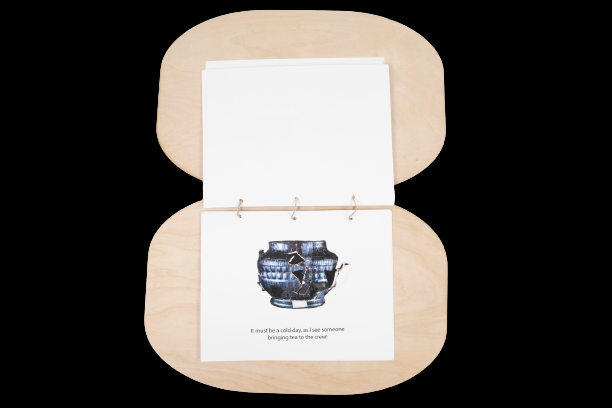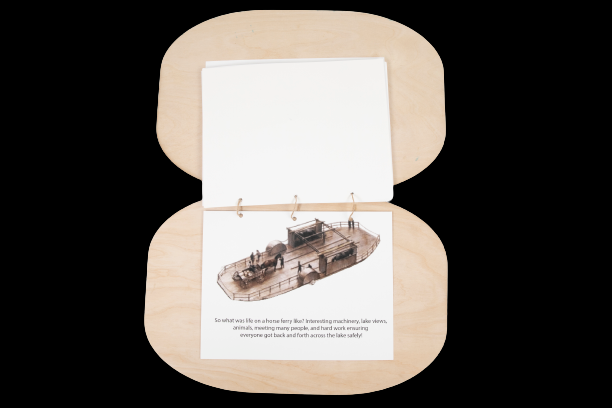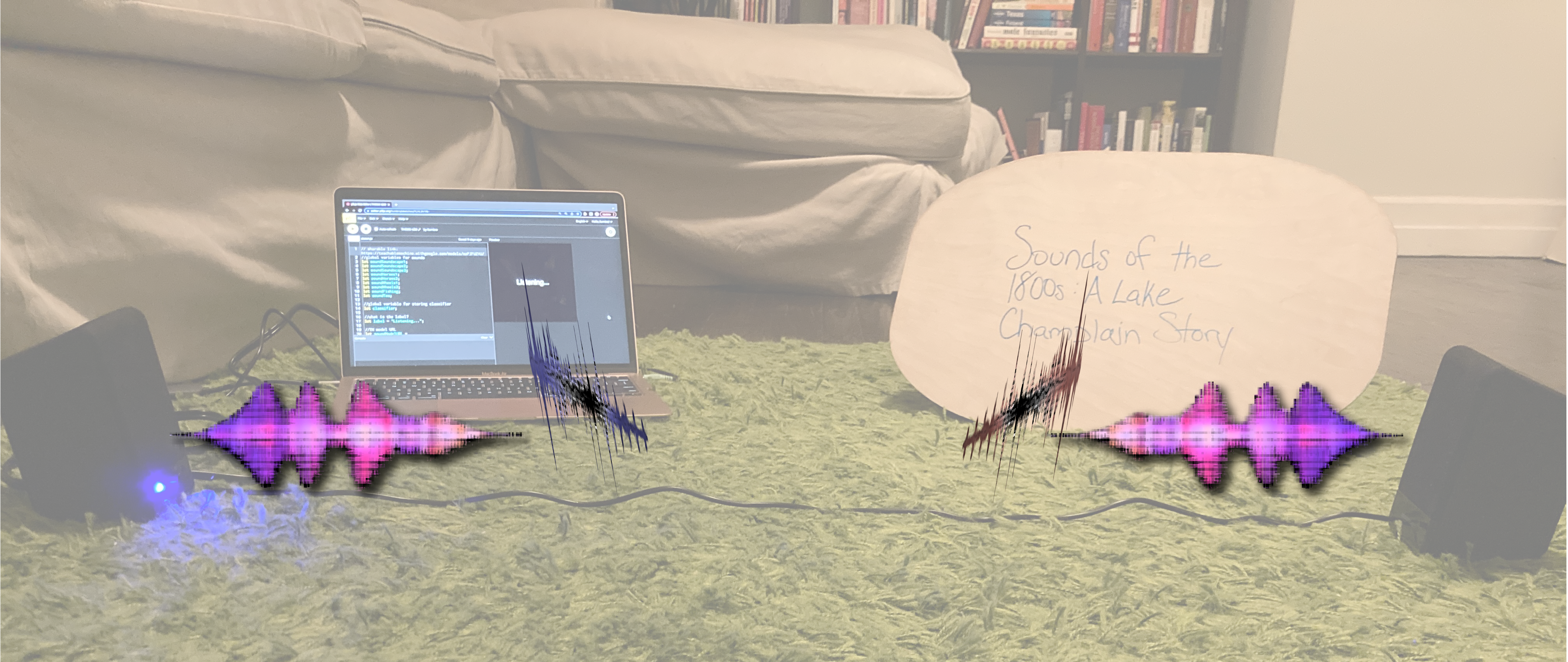Abstract
What stories are important to you to preserve for future generations? How can we keep those stories alive for many years to come in a way that is accessible to as many people as possible?
This project aims to answer those questions within the context of Lake Champlain (Vermont), the place I consider to be my home. While I can call many people and places home away from home, Lake Champlain will always be where I feel most myself and most grounded. I wanted to explore its history and preserve my family’s connection to it by keeping stories about it alive for my generation and future generations. To do this, I wanted to create an immersive experience that could be experienced and enjoyed in different ways by different people.
While researching the history of Lake Champlain, I found that there were many shipwrecks on the bottom of the lake I never knew existed, even though I grew up near the lake. The most fascinating shipwreck to me was the horse-powered ferry, which operated using power from two horses to spin wooden wheels.
Originally I focused on sound as a way to fully immerse someone in an environment and a story, as sound is the sense I connect to most strongly, both as a former musician and as a casual listener. I used the MARL Audio Lab at NYU to create a spatial audio soundscape using found sounds across the internet to speculate about what it might have sounded like to be aboard the horse-powered ferry 200 years ago. In the audio lab, I placed sounds around the room so that the listener felt surrounded by the lake, but also heard specific sounds (such as the wheels) from specific directions. As this project is meant to be shared with my family, I decided I wanted to situate my soundscape in a home environment rather than the MARL Audio Lab. Therefore, I used the sounds recorded in the MARL Audio Lab to recreate the spatial audio experience in my home living room environment using a laptop and two computer speakers.
I created a children’s book to go along with the soundscape, since I wanted this experience to not only be accessible to the adults in my family, but also the children in our family. By using a children’s book, a format they are already familiar with, I added additional sensory experiences (touch and smell) to create a more engaging and interactive experience. For example, on the page about horses, kids can touch and feel something akin to a horse (really a headphone pad), smell a horse (an essential oil blend encapsulated within the material), and hear horses walking and gears engaging when you speak the word “horses” as you are reading the book out loud, as the various parts of the soundscape are set to play when certain words are spoken by the reader.
The book and the soundscape can be experienced separately or jointly as one piece, but together work to create an immersive experience and to preserve this particular part of Lake Champlain’s history in a new, engaging way for current and future generations to enjoy.
Listen to part of the soundscape!
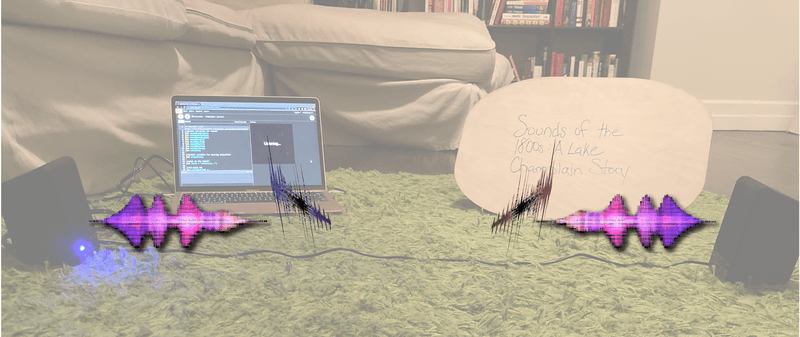
Research
The Lake Champlain Maritime Museum manages the Vermont Underwater Historic Preserves on behalf of the Vermont Division of Historic Preservation. The Preserve provides public access to specific shipwrecks and is designed to protect the irreplaceable historic resources from both anchor damage and artifact collecting. Currently, the horse ferry is one of ten shipwrecks protected under the Preserve.
The horse ferry shipwreck was found in the fall of 1983. To preserve the shipwreck to the fullest extent possible before it is taken over by zebra mussels, Kevin Crisman and his team spent four summers studying and documenting the wreck through multiple dives to the site and through desk research at various libraries and other locations throughout Vermont. This team meticulously documented the ferry as well as over 200 found artifacts. Kevin and Art Cohn wrote a couple books about the experience, detailing their dive research as well as their primary documentation research, and their theories surrounding which ferry this could have been, what it was like on board, how long its career was, and how and why it sank where it did.
The Lake Champlain Maritime Museum also has an exhibition about the horse ferry, which includes a 3d photomosaic of the ferry, and a ½ size replica of the ferry, including a working model of the mechanism used to power the ferry.
Technical Details
For the book, I used Illustrator and laser cutting. For the soundscape, I used Logic Pro, Pro Tools, Soundfield by Rode, Teachable Machines, and p5.js.
